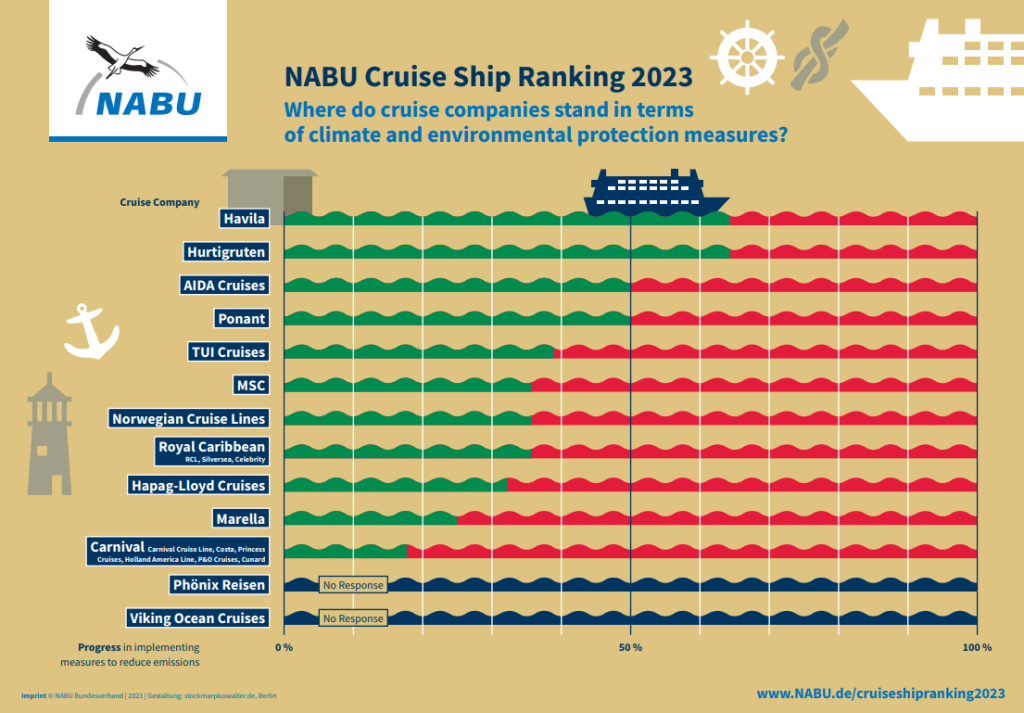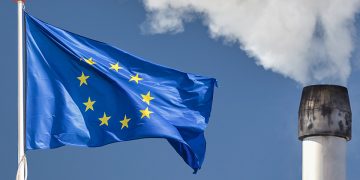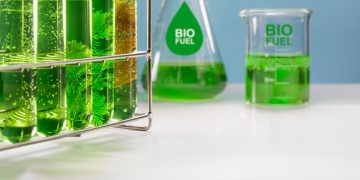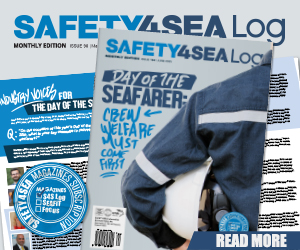According to this year’s cruise rating, released today by NABU, the cruise industry’s key challenges continue to be rising greenhouse gas emissions and severe air pollution.
As NABU notes, there are still significant variances between the companies, as well as inside the companies’ fleets. Existing ships, in particular, are not getting any cleaner. Improvements are almost entirely incorporated on new ships.
 Suppliers of smaller cruise ships are becoming pioneers in climate and environmental protection. In addition to technical solutions, ambitious and at the same time clear political regulation in Norway is particularly responsible here, NABU claimed.
Suppliers of smaller cruise ships are becoming pioneers in climate and environmental protection. In addition to technical solutions, ambitious and at the same time clear political regulation in Norway is particularly responsible here, NABU claimed.
Continuing to expose people and nature to the dangers of this toxic fuel for profit does not fit with the clean image that the companies claim for themselves.
… said Leif Miller, NABU CEO
According to NABU, the targets recently adopted as part of the EU Green Deal set a good framework for this across the shipping industry. For cruise ships, green methanol in particular offers an opportunity for climate-neutral operation.
Of particular concern is the sharp rise in methane emissions from LNG use. These are over 80 times more harmful to the climate than CO2. Those who speak of a bridging technology here are turning a blind
… said Sönke Diesener, NABU shipping expert
According to the report by Transport & Environment (T&E), despite the introduction of the UN shipping body’s sulphur cap in 2020, last year Europe’s 218 cruise ships emitted as much sulphur oxides (SOx) as 1 billion cars.
At least in some ports, where cruise ships are docked 40 percent of the time, a climate- and environmentally-friendly energy supply is finally available in the form of shore power connections, NABU noted.
There is no excuse anymore for those who keep their engines running in the port. These ships must be denied entry.
… said Malte Siegert, Chairman of NABU Hamburg
































































